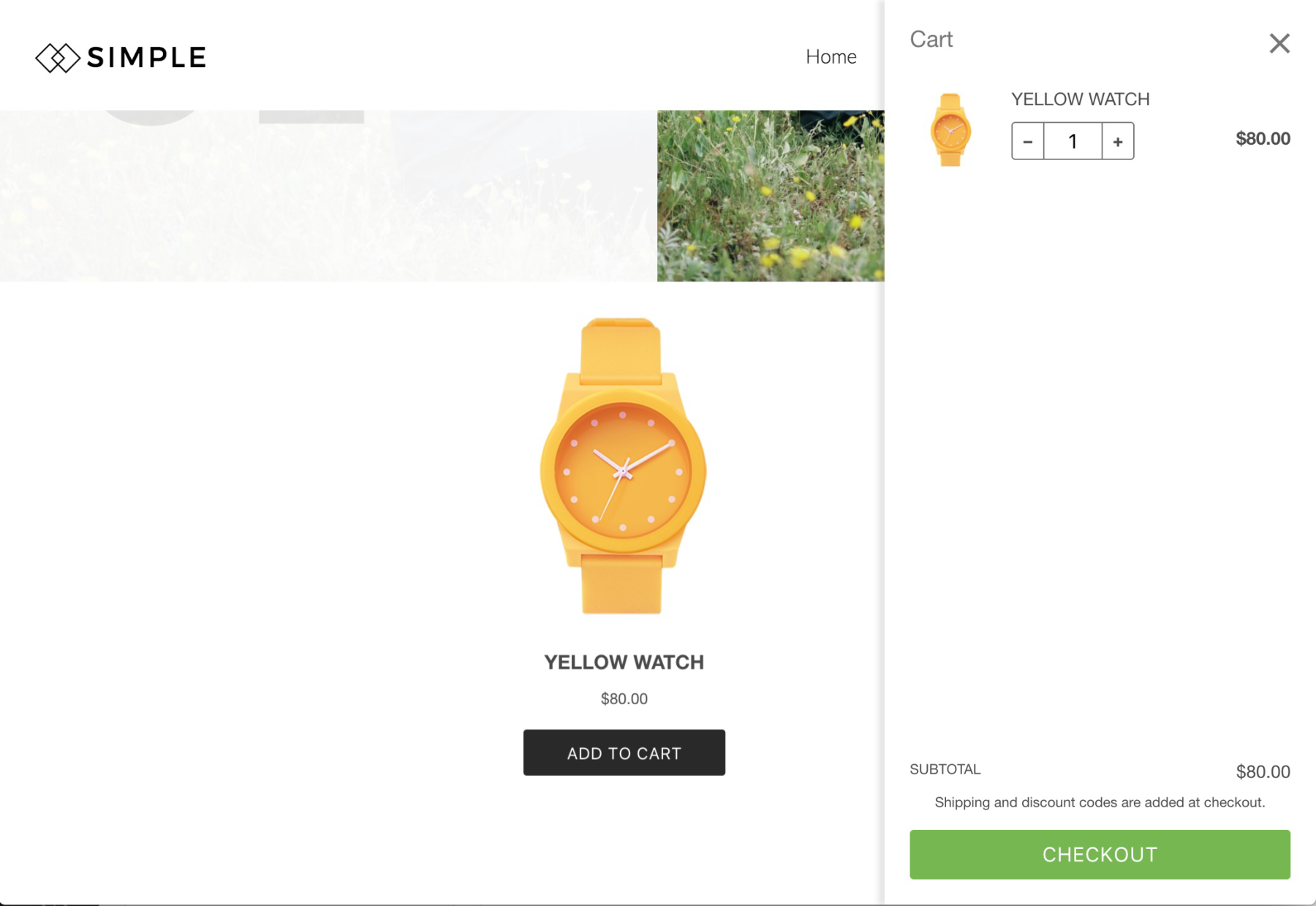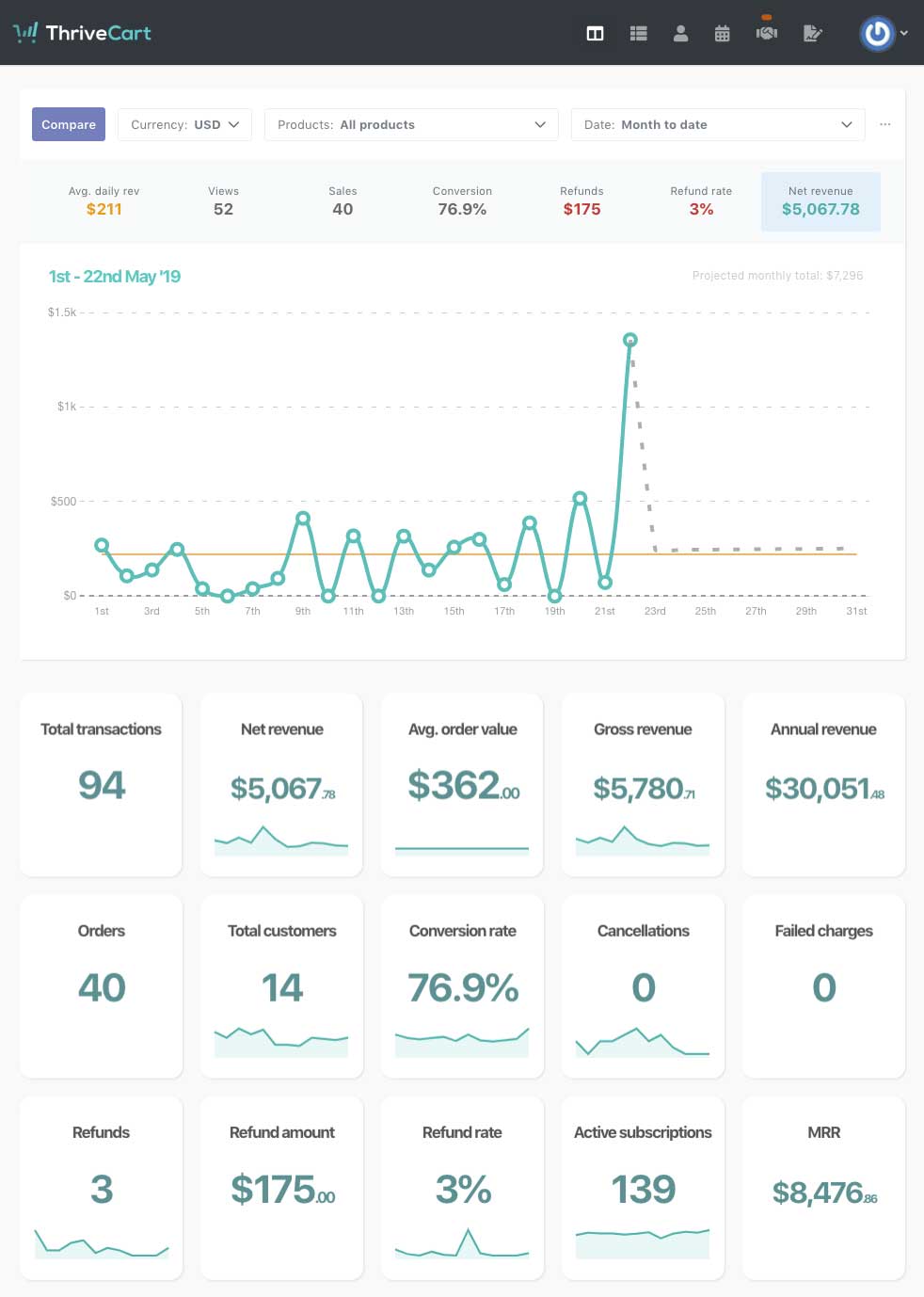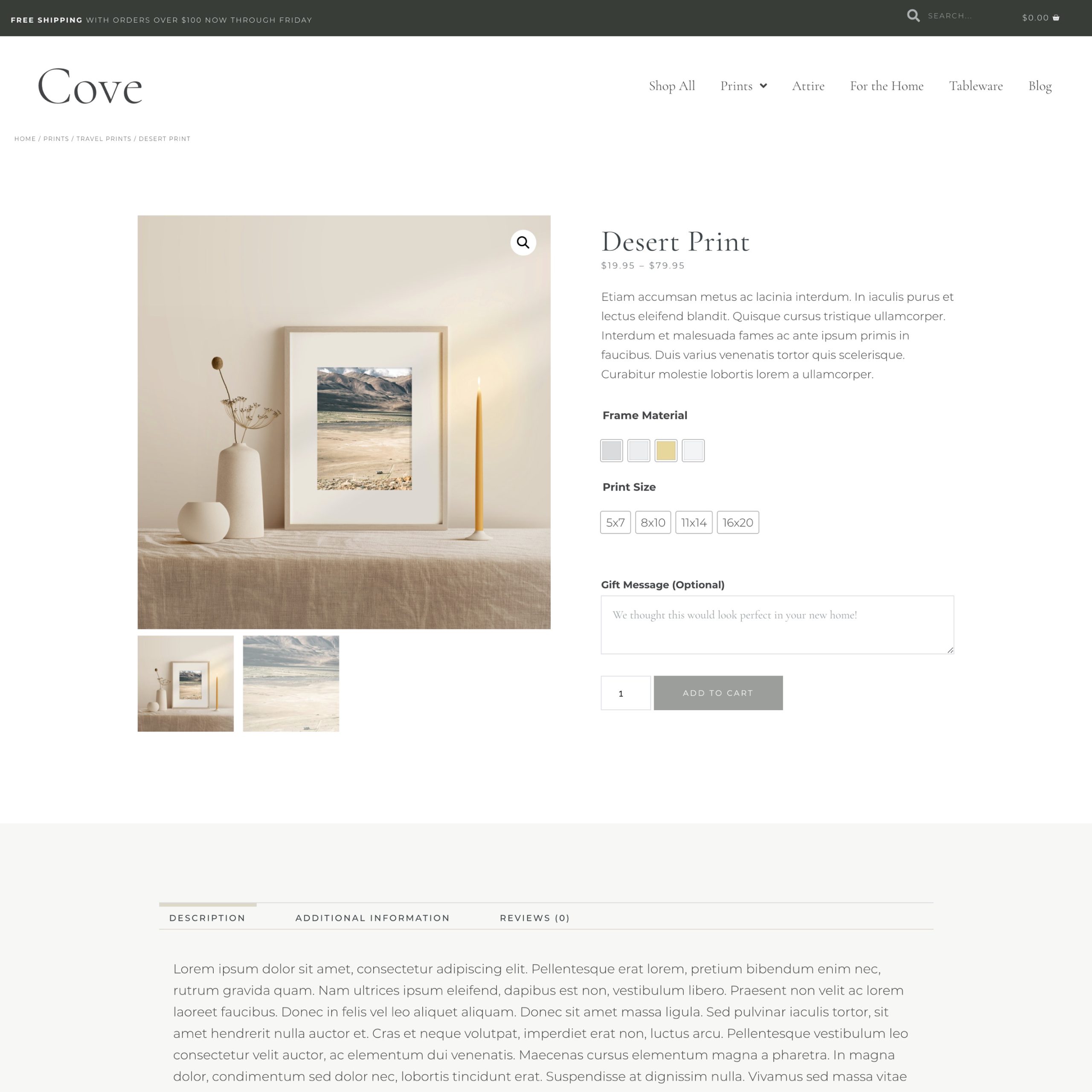Are you looking to sell products (or website templates) on your Showit website?
No sweat!
While Showit is not a native e-commerce platform (like Shopify), there are ways that you can turn your Showit site into an online storefront. In this blog post, we’ll share three of our favorite tools to transform your Showit site into an e-commerce platform.
Table of Contents
But first, what makes a successful e-commerce website?
What makes a Successful E-commerce Website?
To run a successful online storefront, you need a website that is easy to customize and update. This is why Showit is a great starting point. Being familiar and comfortable with your website will go a long way in storefront success.
Related: 8 Reasons Why Showit is Our Favorite Website
You also want to make sure your online store is intuitive for your customers. The easier your shop is to navigate, the more purchases you’ll make. Look for ways to incorporate a clear call-to-action. Keep in mind the 1960’s U.S. Navy acronym K-I-S-S and keep it simple!
Quality presentation and aligning with your brand guide will also help your e-commerce business stand out from competitors. Incorporate your color palette and fonts wherever possible to make your website cohesive.
Not sure how to do this? Watch this video where Krista shows you how to add a color palette to your website.
If you don’t have a brand guide yet, read or listen to How to Create Brand Guidelines. You may also enjoy How to Elevate Your Brand.
With these things in mind, you’re ready to dive in. Here are our favorite ways to transform Showit into an e-commerce success story!
Our 3 Favorite E-commerce Additions for Showit
1. Shopify Buy Buttons
If you are just starting your journey in the e-commerce world, we’d recommend embedding Shopify buy buttons into your Showit site.
Shopify is a great starting point because it’s a lower investment and works easily with Showit.
The Shopify design is intuitive and creates a “cart” on the side of your store. Customers can then click on embedded buttons to add multiple products to the cart at once.
Shopify integrates smoothly with Stripe, PayPal, and other payment processors. This tool also allows for coupons, which can save you hours of hassle.
The downside to going with the Shopify Buy-Button for your e-commerce solution is you have limited control over the style of the embedded buttons. This could cause a clash with your design and branding. Our solution? Link the Shopify buttons directly to the cart checkouts.

You will also need to manually build out your Shopify shop and product pages, and shuffle product images around if you want to add new products to the top of your shop page.
This can be time-consuming and tedious if you have a larger shop with 15+ products.
For this reason, we typically recommend the Shopify route for businesses that are just getting started and have a limited product line. It is a solution suited for smaller e-commerce businesses and anyone looking for a low threshold into the online market.
When we first started our shop, adding Shopify buy buttons was the route we took and it worked wonderfully.
At the time of writing, these plans are $5 a month.
2. Thrivecart Integration
Thrivecart is an excellent e-commerce option for smaller businesses who are selling online courses or programs. Basically, if you have one product at the end of a funnel, Thrivecart is a good tool to use. However, if you have a set-up where you want people to be able to add more than one product to their cart at a time, you’ll want to check out the Shopify Buy Button option (above) or WooCommerce (below).
Thrivecart allows you to create customized checkouts that are perfect for products like online courses and has no shortage of bells-and-whistles: bump offers, upsells, downsells, affiliate tracking and more. Thrivecart recently rolled out with its own learning management system (LMS) called Learn, so you can host that course your selling on their platform. Learn does cost extra.
Thrivecart integrates easily with other systems. For example, after a customer places an order, you could add them to your mailing list software and send them through a welcome email sequence.
Thrivecart also provides a way to do memberships and recurring payments.

Similar to Shopify, Thrivecart requires you to manually build out your shop and product pages, and move new product images to the top of your shop page. This is why we suggest this resource for smaller businesses with a few large products.
Something to note about Thrivecart: This tool was recently acquired and the transition has been less-than-smooth. We don’t recommend this tool as confidently as we once did. However, we still use it and think it’s a formidable cart solution for businesses selling online.
Learn more about Thrivecart here!
3. WooCommerce Integration
Integrating WooCommerce into your Showit site is a perfect option for the advanced shop owner. You’ll need to be pretty technical and have a strong handle on code, or else you may find the design options limiting.
Note, you will need the Advanced Blog Showit plan if you use WooCommerce. But once you have the Showit plan, integrating WooCommerce is a breeze!
WooCommerce will build out the Shop, Category, and Product pages for you with your Blog Page template, giving you an amazing head start. From there, you can design the top and bottom sections of your Shop pages in Showit and use CSS to style the shop elements.
If you would like to add additional plugins to expand your shop functionality, WooCommerce provides an option but these may be limited on Showit.
Would you like to see examples of Showit and WooCommerce shops? Take a look at our Cove Website Template.

Our new Barcelona Website Template also pairs Showit with WooCommerce to create a perfect e-commerce site.
Additional Options for Showit E-commerce
While we have not personally tried these, here are a few additional e-commerce options that work for Showit.
- PayPal Payment Buttons – If you are looking to provide a service or event sales to your clients, this could be an excellent option.
- Shoprocket – Shoprocket provides all the tools you’ll need to sell from your existing website, social channels, & more, with no technical skills required.
- POWr Plugins– This platform provides a variety of apps that you can add to any website and customize to your needs.
- Samcart – Samcart provides an express checkout option and boasts a mobile-first design. This platform also provides pre-designed templates for you to choose from. Samcart is a Thrivecart competitor.
- Kartra – Previous clients of ours have used this, but it’s not our favorite option. It’s similar to Thrivecart in that you’ll link directly to checkout pages.
If you’d like to explore even more options, Showit provides a list of cart systems that they have tested. This will be their most updated list!
We started with Shopify buttons, then added Thrivecart buttons, and then realized that as our product catalog was growing, it was getting tedious to add notes about sales, rearrange products, etc.
As a result, we switched to a WordPress website using Elementor, which allowed a better integration with Woocommerce (the tool that currently powers our shop). If we could go back in time, we would have likely decided to integrate Showit with Woocommerce. However, there was not as much support for the integration back when we made the decision.
As your product catalog expands, you may find it necessary to do this too. But pairing various tools with Showit was the perfect solution for us when our e-commerce journey began.
Conclusion
Transforming your Showit site into an e-commerce platform is a simple matter of pairing the right tools. Remember, being familiar and comfortable with your website will go a long way in storefront success. And your goal is to make your online store intuitive for your customers.
Clarity leads to conversions.
The three e-commerce solutions we shared above have helped us grow our online shop throughout the years. Choose the one that fits your needs best, and you’ll be well on your way to a successful online storefront. Did you find this post helpful? Comment below and share your thoughts!

VIEW THE COMMENTS
Add A Comment